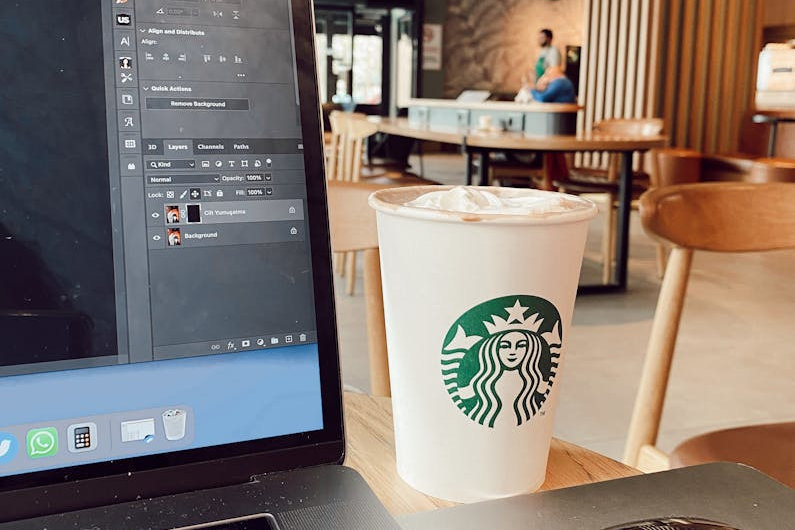Imagine entering a store where the scent of freshly brewed coffee melds seamlessly with the soothing sounds of a jazz playlist. The products on display are visually striking and invite you to reach out and feel their unique textures. This is sensory branding at its finest — engaging all your senses to create a memorable brand experience that fosters emotional connections, boosts recall, and cultivates loyalty.

Visual Appeal: The First Impression
The visual aspect of your brand is often the first point of contact with your audience. It’s not just about having an attractive logo; it’s about creating a visual identity that captures attention and remains memorable. Consider the success of Apple’s minimalist product design or the iconic Tiffany blue box. These brands use visually striking elements to create a distinctive aesthetic that enhances consumer recall. Implementing unique design features such as die-cut labels or innovative packaging can add that extra flair to make your brand stand out.
The Power of Sound: Auditory Branding
Sound can profoundly influence emotions and behaviors. A well-crafted jingle, like McDonald’s “I’m Lovin’ It,” can become synonymous with the brand itself, echoing in one’s mind long after the commercial ends. Music tailored to your brand’s personality can enhance your store’s environment or event, making the experience more enjoyable and memorable. Brands like Starbucks create customized playlists that reflect their identity and values, further strengthening their emotional connection with customers.
Signature Scents: The Olfactory Experience
The olfactory sense is closely linked to memory and emotion. Integrating a signature scent into your physical or product space can significantly enhance brand recall. Hotels like the Ritz-Carlton have leveraged this by using a signature scent that embodies luxury and comfort, making their environment more inviting. Similarly, retail stores like Abercrombie & Fitch use distinct fragrances to create an immersive brand experience that customers recognize instantly upon entry.
![]()
Touch: The Tactile Dimension
The sense of touch influences perception more than one might expect. The texture of your packaging, the weight of your product, or even the smoothness of your business cards can communicate quality and attention to detail. Luxury brands often use heavier, textured paper for their bags and packaging to convey a sense of exclusivity and quality. For example, Apple’s sleek, high-quality device finishes feel good to the touch and enhance the user’s perception of the product.
Taste: Engaging the Gustatory Sense
For brands that can engage the sense of taste, offering unique flavor experiences can be a game-changer. Whether it’s a memorable meal at a branded restaurant or a signature drink at a cafe, gustatory branding can leave a lasting impression. Dr Pepper’s marketing strategy capitalizes on its unique flavor, which combines 23 different flavors, setting it apart from traditional soft drinks. This distinct taste profile effectively targets consumers seeking novel and different beverage options. Dr Pepper’s focus on tailoring marketing strategies to resonate with the preferences of a target audience who values distinctiveness has helped solidify its brand identity and customer loyalty.
Sensory branding goes beyond traditional marketing by engaging multiple senses to create a cohesive and unforgettable experience. This approach reinforces brand identity and significantly enhances customer loyalty and emotional connection. By thoughtfully integrating visual, auditory, olfactory, tactile, and gustatory elements, brands can create deeply immersive experiences that resonate with consumers on multiple levels.
In a world where consumers are bombarded with countless marketing messages, sensory branding can help your business stand out by appealing to the human senses in a cohesive and memorable manner. Whether it’s through the tactile quality of your product, the ambient music in your store, or the visual impact of your marketing materials, each element plays a crucial role in shaping how customers perceive and remember your brand. By focusing on creating a comprehensive sensory experience, you position your brand to forge stronger, more meaningful connections with your audience.



